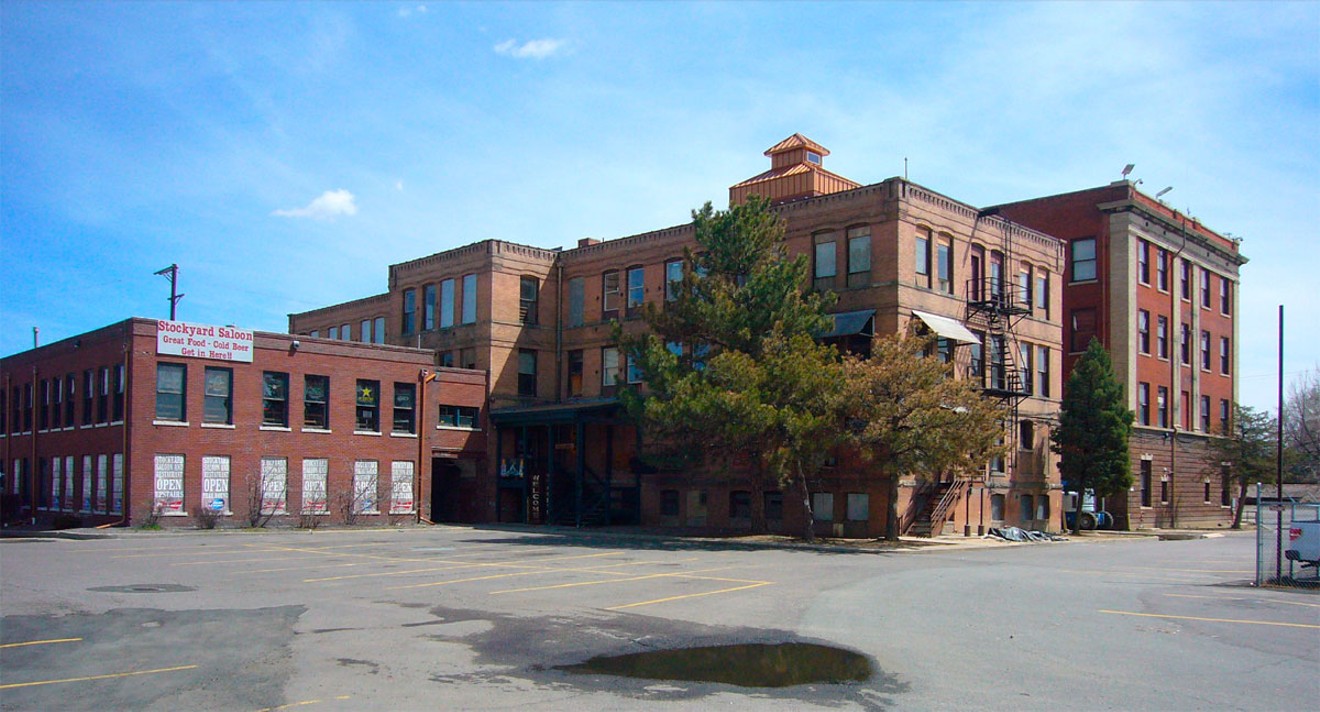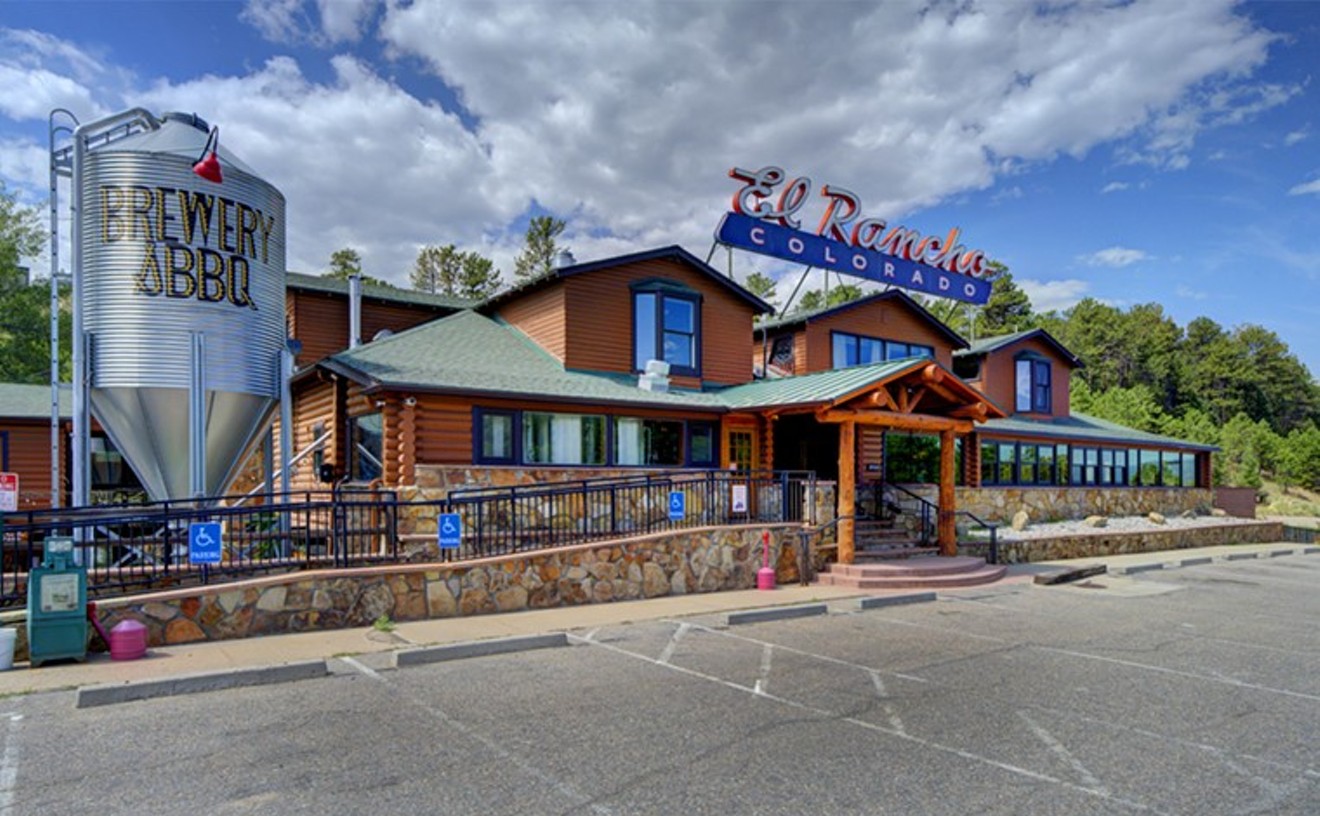Bars and newspapers have always enjoyed a very symbiotic relationship. Westword’s office was once across the street from the Wynkoop Brewing Company, and one of the founders of Denver’s first brewpub — who today happens to be the governor of Colorado — still credits Westword with helping the Wynkoop through tough early times, because our production deadline happened to coincide with what’s traditionally the slowest night of the year at most bars. But not when a newspaper staff is working late just a few steps, and beers, away.
Bars and newspapers enjoy a symbiotic relationship not only because of the liquor that pours out in a saloon, but the stories that spill out, too. The person sitting on the stool next to you during happy hour is much more likely to have an interesting tale than the person who sat in the cubicle next to you that day at work. And when the person behind the bar is John Hickenlooper, who used a barroom campaign to save the Mile High Stadium name as a springboard to run for mayor, sometimes those stories are going to make not just headlines, but history.
And occasionally, the stories themselves are created at the bar: The legendary tale of the time that Westword decided to have a talent show at its Christmas party, for example, and the Grateful Dead-loving production staffer who did a juggling act on top of a pyramid of co-workers dropped a flaming baton on top of an extremely combustible curtain.
That particular party was at what was then Doc’s, a fine old watering hole in the Livestock Exchange building out by the National Western Complex, at 4710 Packing House Drive. The bar’s been there in one incarnation or another since an annex was added to the building complex in 1919: as the Old West Tavern, Doc’s and, after it escaped the threatened inferno, the Stock Yards Inn and finally the Stockyards Saloon. At one point the bar did lively business throughout the year, but as Denver’s meatpacking plants closed down and the cattle business moved to the telephone and then video and then cyberspace, the bar’s big days were all in January, during the National Western Stock Show. And on St. Patrick’s Day, when the place becomes an inexplicable Irish oasis. And, of course, during certain other holiday parties.
But last week, it sounded like this watering hole was about to dry up for good. Dean Maus, the current owner of the Stockyards Saloon, showed up on 9News, saying he’d been given a ninety-day notice to move; the city was acquiring the building as part of the $1.1 billion National Western Center project, and “the restaurant/bar will not remain as a structure in the new center,” the station reported. “We don’t know what our future holds,” Maus said.
All this came as news to Fred Orr, who owns not just the annex that houses the Stockyards Saloon, but the three-structure complex, including the historic Livestock Exchange Building on the edge of the proposed National Western Center “campus” — right where it’s been since 1916, when the Stock Show was just a decade old. That’s when the state Brand Board moved into the brand-new building, which boasted a stunning marble lobby, elegant elevators, a snack bar, and a chalkboard where prices were posted for cattle fattening outside in the pens (which some also consider historic, but will definitely disappear in this project, like most of the structures on the rapidly expanding property). Today the lobby of the Livestock Exchange is just as stunning and the chalkboard is still there, but the board itself moved out three years ago, and the cattle are long gone — except during the Stock Show every year. But while cattle companies no longer rent space in the building, it still has plenty of full-time tenants, including cannabis company LivWell Enlightened Health and, in a relationship a lot less symbiotic than that of bars and newspapers, the FBI, the building’s major tenant.
Orr’s family history with the Stock Show stretches back more than a century; I first heard that story when I met up with him in, yes, the Stockyards Saloon. His family homesteaded in Granby in 1883, and in 1980 showed the Reserve Champion steer. “We’ve come here forever, and ended up with this project,” he says. When his group took on the Livestock Exchange Building after it went into receivership more than a decade ago, it also took on at least twenty years of deferred maintenance in the bargain. And an increasingly hungry neighbor, the National Western Complex.
On August 29, the city, the Western Stock Show Association and Colorado State University released a “framework agreement” to solidify collaboration on the project that has been discussed for years. It definitely calls for acquiring Orr’s buildings, and “the city has given us a letter of eminent domain,” he says. But the city hasn’t yet made an official offer. If the city comes up with a figure that seems fair, Orr is more than willing to sell. “I’d love to avoid an eminent-domain lawsuit,” he says. So would the city: Denver’s in the process of acquiring dozens of properties; so far, ten of those transactions have wound up in court.
While the city hasn’t started talking money, Orr’s seen plenty of Denver officials and engineers; they’ve looked into every nook and cranny of his buildings. His property was part of the 2014 National Western Historic Preservation Study that resulted in the 1906 arena being landmarked; the entire Livestock Exchange, also known as the Denver Union Stock Yard Building, whose oldest portion dates back to 1898, could also qualify to become a landmark. “The Stockyard Saloon occupies the rear addition...,” the report notes. “The structure is eligible for designation on the National Register of Historic Places as part of the building complex. It was completed in 1919.”
Orr says the city has assured him that “they don’t want to tear anything down.” At least, Denver doesn’t want to tear down anything he owns; “every drawing I’ve seen, this place is kind of the reason the Stock Show is even there,” he says. “Our number-one goal is to protect the property.” And the city concurs. “The Livestock Exchange building is one of three historic buildings that we are restoring on the future campus,” says Erika Reyes Martinez of the Mayor’s Office of the National Western Center. “It’s in our master plan, and it’s part of our commitment to ensure we create a new campus that honors our history.”
Orr expects discussions with the city to begin in earnest around the end of the year; in the meantime, he says, he’s been promised that nothing will change before the next Stock Show. So this summer, he started signing leases with not just the fifteen to twenty temporary tenants who rent space in his buildings during the Stock Show, but with the full-time tenants, too. And that includes Maus, he says; the Stockyards Saloon can definitely stay through January. “I’ve told Dean this,” he explains. “There’s a big need for a restaurant down there. The city has so much on its plate, I don’t see them knowing what they’re going to do right away.”
Still, even with the release of the framework agreement, there’s plenty of confusion about the project, and the threat of eminent domain just adds to the uncertainty. “Every tenant has gotten that letter,” Orr says, because that’s required not just for building owners, but for tenants of the buildings as well. He received his first letter over a year ago, and the tenants get another note every six months or so. The extended leases are important, Orr notes, because “if you have a valid lease at the time they make an offer, you could qualify for relocation.”
Reyes Martinez says the city has reached out to Maus, “to ensure he understands that we are not asking him to move in ninety days and to share the process with him.”
Maus didn’t respond to a message on Friday, and no one was picking up the phone at the Stockyards Saloon. The bar was just too busy.
Which is just as it should be...now, and long into the future.
[
{
"name": "Air - MediumRectangle - Inline Content - Mobile Display Size",
"component": "12017618",
"insertPoint": "2",
"requiredCountToDisplay": "2"
},{
"name": "Editor Picks",
"component": "17242653",
"insertPoint": "4",
"requiredCountToDisplay": "1"
},{
"name": "Inline Links",
"component": "18838239",
"insertPoint": "8th",
"startingPoint": 8,
"requiredCountToDisplay": "7",
"maxInsertions": 25
},{
"name": "Air - MediumRectangle - Combo - Inline Content",
"component": "17261320",
"insertPoint": "8th",
"startingPoint": 8,
"requiredCountToDisplay": "7",
"maxInsertions": 25
},{
"name": "Inline Links",
"component": "18838239",
"insertPoint": "8th",
"startingPoint": 12,
"requiredCountToDisplay": "11",
"maxInsertions": 25
},{
"name": "Air - Leaderboard Tower - Combo - Inline Content",
"component": "17261321",
"insertPoint": "8th",
"startingPoint": 12,
"requiredCountToDisplay": "11",
"maxInsertions": 25
}
]














